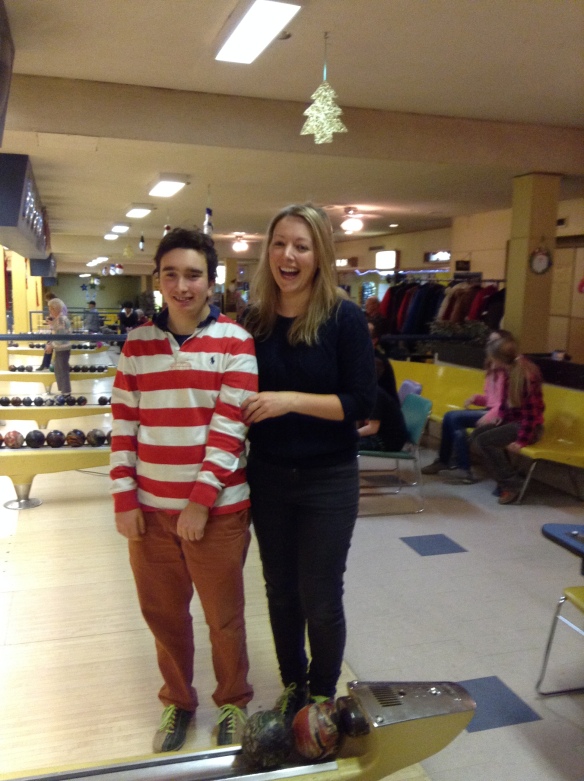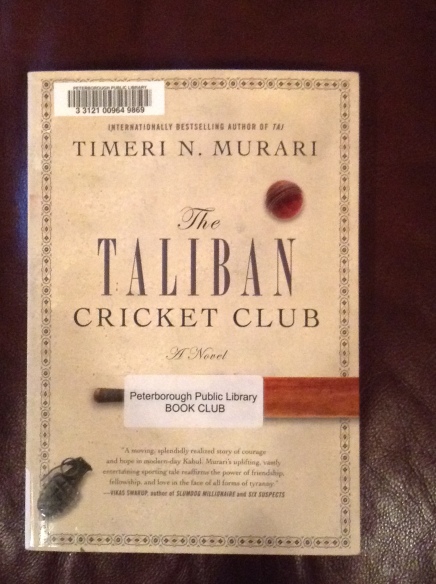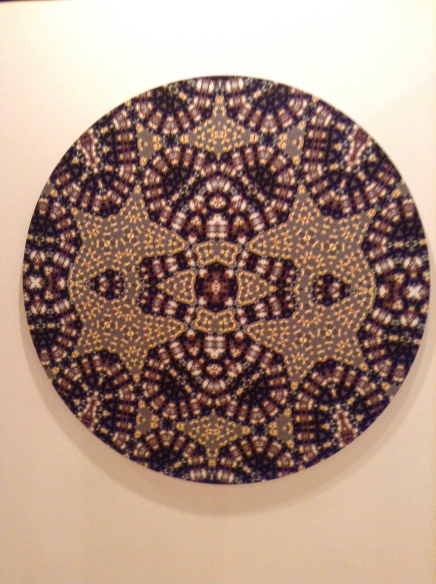Well, apart from the fact you probably think I am mad with my headtorch on and supergluing kitchen roll to my finger (don’t ask), you must have wondered what the heck I was talking about in terms of the photo – I didn’t realise it hadn’t been uploaded and neither is it uploading tonight so clarification as to what is happening in the photo will have to wait for another day!
To continue with various types of learning difficulty and what it means to the person who is struggling with them…
Another of the categories of learning difficulty defined by Barbara Arrowsmith Young is Predicative speech and, as Barbara explains, with this deficit the neurological process that converts thought into an organised sequence of words is flawed. This results in an inability to learn the rules governing sentence structure which in turn results in speaking and writing in short sentences and having a hard time following longer sentences. Another consequence of this deficit is having no ability to rehearse mentally (through what is known as internal speech) what you are going to say or do (and usually we all do this internal speech, without knowing it) so there is no anticipation of the consequences of your words or actions which means you could appear rude and tactless. For instance blurting out that you already one of those when you receive a birthday present of something you already have and yes, Simon has done this on more than one occasion!
A person with this problem is not deprived of words but of the ability to order words to formulate a complex thought or sentence. Students with this difficulty might have any or all of the following:
a reduced amount of speech, restricted vocabulary, use of short, simple and often incomplete sentences, missing functional words, substituting general words such as thing or stuff for a more precise word and I think they may also shrug and say “I dunno” in answer to any enquiry of “how are you?” or “what have you been doing today?” because it is simply too hard to work out how to answer with a well formulated answer.
On the surface it appears that external speech is the primary difficulty but in fact it is far more profound than that – this difficulty affects both internal and external speech. Internal speech allows us to guide and regulate our behaviour. This deficit affects memory, thinking speech and writing.
I think you can see how devastating this particular difficulty can be and how it will affect communication with others, understanding conversation, particularly in a group situation, where grasping what is going as conversation parries back and forth is almost impossible – I liken it to learning a foreign language – you get to a stage where you can converse reasonably with one person but in a group situation where the conversation moves quickly, you take too long to work out where the conversation is heading and by the time you do, it is too late to take part, the conversation has already moved on. Living with that everyday must be enormously frustrating and in the end, unless the conversation is really interesting, why would you bother to take part? I am sure this leads to withdrawal and social isolation.
Another learning difficulty is Broca’s speech pronunciation and this results in mispronouncing words and avoiding using words you know and understand because you are uncertain of the right pronunciation.
Since speaking requires concentration, it is hard to talk and think at the same time which means it is easy to lose your train of thought. A person with this deficit can have flat and monotone speech which lacks rhythym and intonation, a tendency to mumble and when learning to read it is difficult to convert letters into sounds.
For such a person when they look at a word it is like us looking at a Welsh word – complete befuddlement! So, they (like we with the Welsh word) stare at the word helplessly, not knowing where to start. As they have trouble learning the rules of pronunciation they can’t call on these rules to help them to break the word into its component sounds, sound them out and then blend them into a word.
This you can see makes reading a nightmare, in addition to conversation being hard with losing your train of thought – and the older you get, the more inadequate you feel comparing yourself to your peers, difficulties relating to your peers and again, social isolation and possible mental health consequences.
There are just a couple more areas of learning difficulties I will go into tomorrow. I appreciate that it makes for quite depressing reading as did the blog post I wrote about mental health and learning difficulties but I feel it is so important for as many people as possible to have some insight into how these students feel so there is more understanding of their plight. I am just so enormously grateful that we have found and come to the Peterborough Arrowsmith school where Simon has a means to begin to overcome his difficulties, with a great deal of hard work and dedication on his part, support from his fellow students and encouragement on the part of his teachers and of course, an especially big thank you to Michael for supporting and encouraging Simon (and me!) to pursue this.







